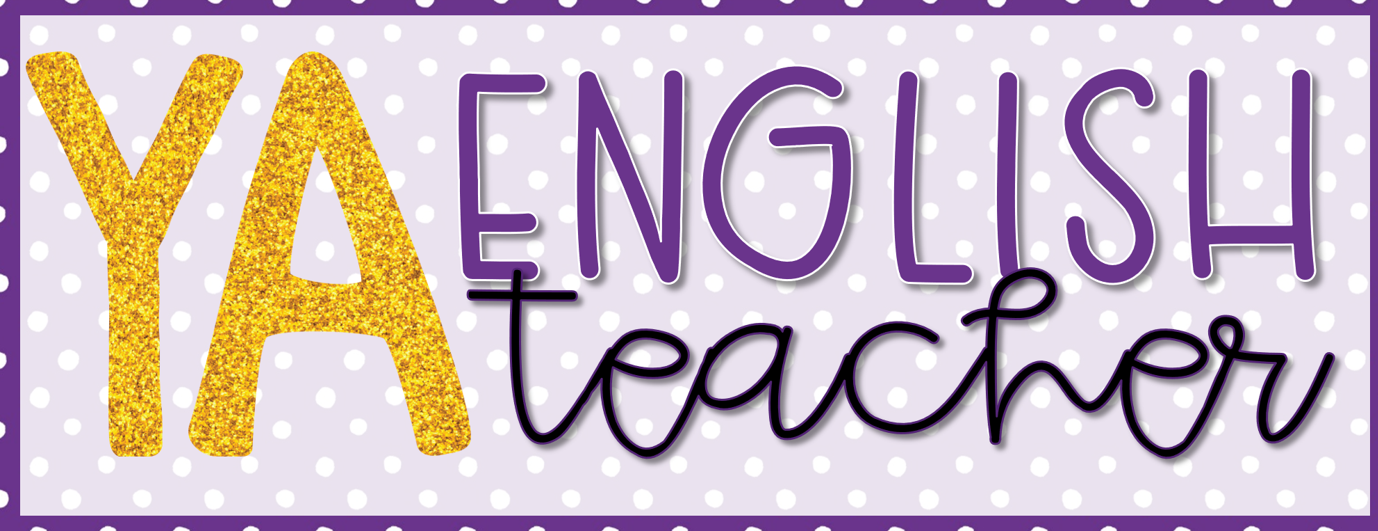In the goal-setting, resolution-making mania of the new year, let’s address reading. If you are like me, you’ve had your students set goals for their reading lives. You may have had them track their page totals and books read. But have you focused on your own reading life with the same energy? If not, do it now.
Here’s why: there are two reasons that my students out-read (and often out-perform) other teens their age. First, I have an amazing classroom library. Second, I have read A LOT of young adult and middle grade novels. I’m able to get to know students and pair them with books that align with their interests and past reading experiences. This isn’t a skill that can be purchased or achieved overnight. It takes time and effort. Here are some ways that you can supercharge your reading life in 2019.
- Take the 2019 Goodreads Reading Challenge
The Goodreads Reading Challenge is pretty simple. You set a goal for the year. My goal is 60 books in 2019. That’s five books each month. You don’t have to set your sights that high though. Think you can realistically read two books each month? Then set your goal at 24 (or maybe 25). I plug back into Goodreads every year at this time. I don’t always stick with it, but I put updating Goodreads on my planner for each Sunday. That way, I mark the books I finish and update my page numbers. If you don’t have a Goodreads account, create one. It is an awesome platform to keep your list of books to read.
- Listen to audiobooks on your commute, even if it’s a short commute.
Do you have an Audible account? I know many teachers already use Audible to listen to audiobooks regularly. It is a monthly subscription, and to me, it’s totally worth it. I also use Libby to download audiobooks (and ebooks) through my local library, but the new releases usually have a waiting list. That’s why I love Audible. My morning commute isn’t very long: 15 minutes on a busy day. But I’m still able to knock out audiobooks in this time. Yes, I still listen to podcasts in the car, but not every day.
- Track your screen-time, and then make yourself a budget.
The real thief of reading time (for adults and young adults) is screen-time. I know that for me, social media is the main culprit. Yours might be YouTube or games. Here’s what I want you to do: get curious about your screen-time. If you have an iPhone, look at your screen-time data. If you have another type of phone, look for a screen-time tracking app like Moment. Once you get an idea of how much screen-time you are averaging, set some limits. I set Downtime on my iPhone at 8:00 p.m. until 7:00 a.m. I allowed Audible and Stitcher during those times, but I blocked all other apps. This may sound extreme, and I may not stick with it, but it is a good reset for my nightly reading routine.
- Add a weekly Booktalk to your lesson plans.
If I establish some type of accountability for myself, then I’m more likely to finish books. If I know that I need to talk about a recent read at least once a week, then I’m either going to need to read a new book or pull an old one off the shelves. Sometimes I enjoy talking about books I read in past years, but I don’t always remember what I loved about them. I’m usually way more energetic about the books I just finished or that I’m currently reading. Once you have a booktalk as a part of your regular routine, it will push you to read more.
- Start a Young Adult book club (for adults).
My YA Book Club for Grown-Ups is currently dormant, but it was a great way to meet up with others who liked to read young adult literature. Most of the members were teachers, so if you are thinking of starting one, try asking teacher friends first. Then think of other friends that you think might also be interested. Personally, I loved having non-teachers in the club because they kept us from talking shop the whole time. If you want to get really fancy, try doing dinner that relates to the book’s content. During one of our book clubs, we had read Tomi Adeyemi’s Children of Blood and Bone. For our meeting, we got together at a little African restaurant that had recently opened in our city. It was a fun adventure that some of us might not have done without that little nudge.
I hope that these tips help you get some reading traction in the new year. I’m hoping to finish Pride by Ibi Zoboi today so that I’ve got one book checked off on the first day of this year. Please ask me if I did this. It will hold me accountable. Happy Reading!

